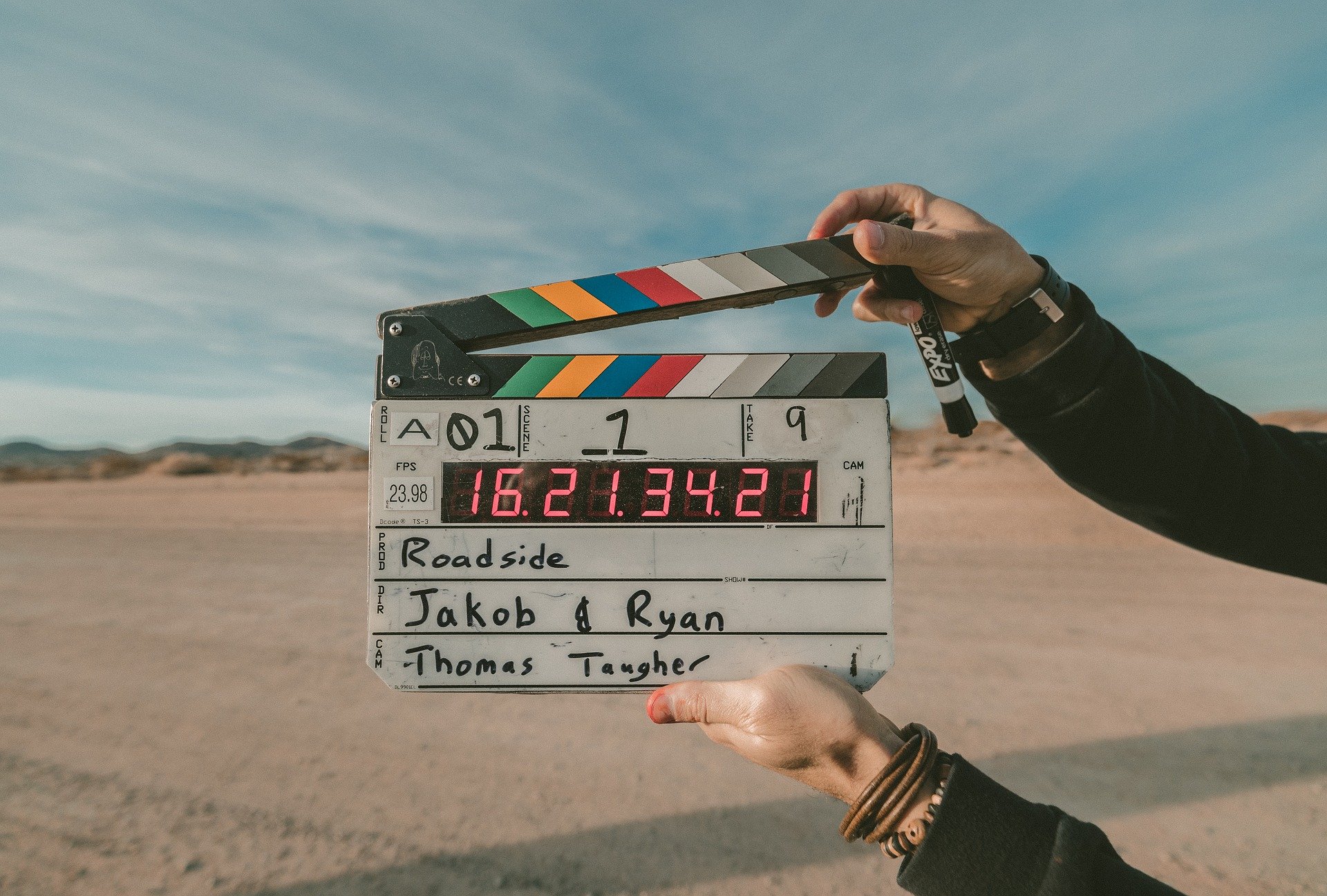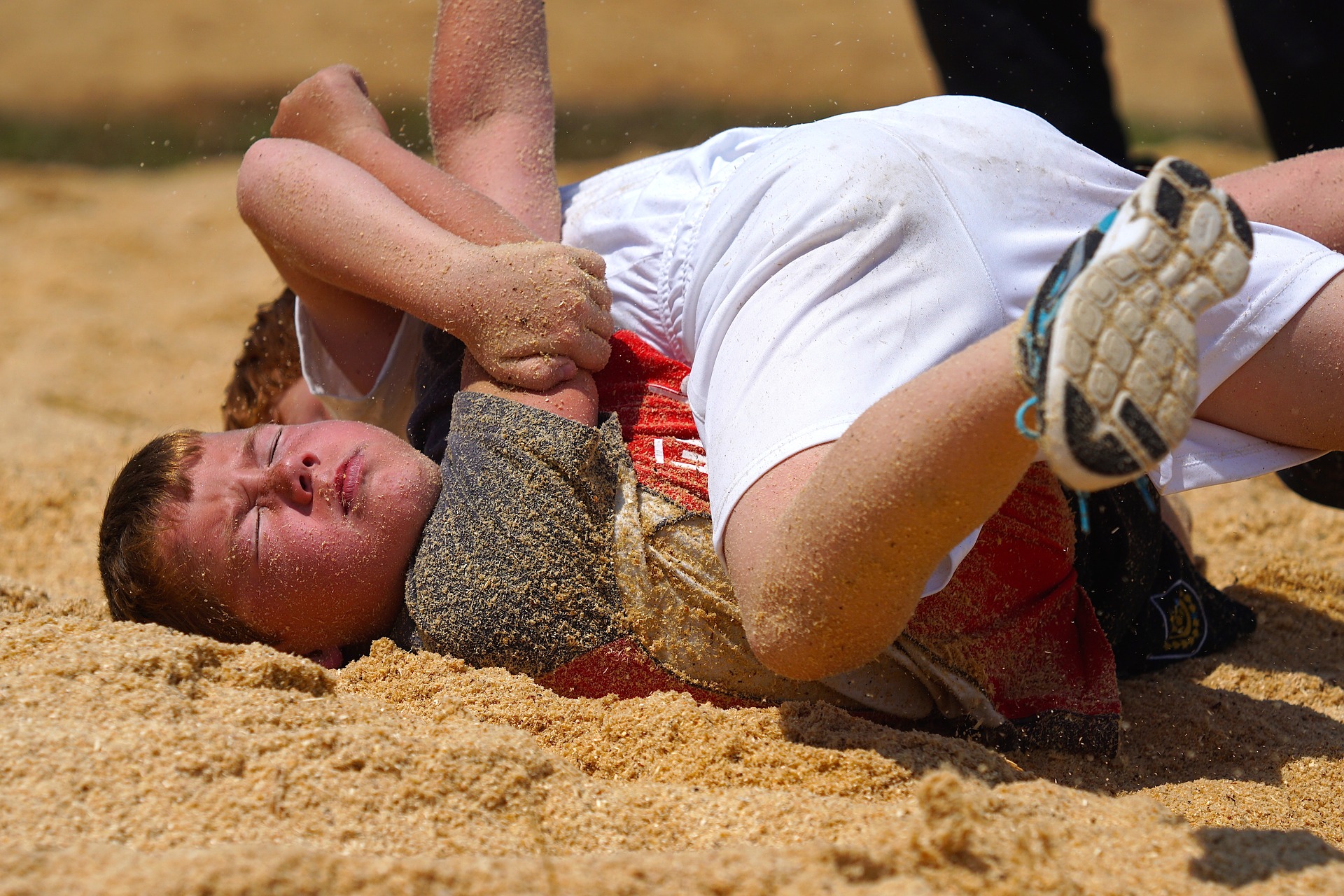
The term “energy” has several meanings often conflicting. In terms of Kempo, we should consider the scientific notion defined as:
“In physics, energy is a scalar physical quantity that describes the amount of work that can be performed by a force, an attribute of objects and systems that is subject to a conservation law. Different forms of energy include kinetic, potential, thermal, gravitational, sound, light, elastic, and electromagnetic energy. The forms of energy are often named after a related force.” (wikipedia.org, 7/31/09)
This can be shorted to “Energy is a physical quantity that describes the amount of work that can be performed by a force.” In Kempo, we use kinetic energy since that is the physical interaction that we use.
“The kinetic energy of an object is the extra energy which it possesses due to its motion. It is defined as the work needed to accelerate a body of a given mass from rest to its current velocity.” (wikipedia.org, 7/31/09)
Therefore, the more motion you generate on an object the more energy it has. This is why we use constant striking, letting one attack continue on its trajectory into another attack. We try not to start and stop a fist. Rather, we punch and let it flow into another punch. This maintains the energy of the strike without dissipating it.
Martial arts tend to have it fair share of spiritual terms that cross-pollinate its concepts. One is Chi or Mana defined as:
“In many cases “energy” is conceived of as a universal life force: to this extent ‘spiritual energy’ theories resemble vitalism and may even invoke the Luminiferous Ether of Victorian physics. Additionally, or alternatively, such notions are often aligned with or derived from conceptions found in other cultures, such as the Chinese idea of Qi and the Prana of the Upanishads.” (wikipedia.org, 7/31/09)
What we see here is several cultures have this concept of breath or life force. It is this force that Chi Gung and Dim Mak practitioners utilize for their secret, deadly techniques. Whether or not this hokum is true, the common trait of this force is its ability to flow.
Visualize Chi Flow
This is the key to using “energy” as a visual tool. You imagine that it flows through the body. What do you imagine flowing? Their center of balance and momentum is the sloshing “fluid”. By seeing this as a thing (like water in a bathtub), you can imagine how to manipulate it. Push it. Pull it. Then it develops a momentum that can overtake the opponent. Their own balance becomes their weakness.
The opponent’s body reacts to strikes in a certain manner along with biomechanical constraints. It is the flow of combat and it is easier to imagine it as fluid than a series of interconnected bones and muscle groups. Admittedly, this is a mental crutch but it can pay off in technique application when you’re in the heat of battle. It is easier for the brain to process this sort of calculations than thinking of the actual physics involved.
Concerning martial arts, many people refer to Chi as energy. Chi (or Qi as it is sometimes written) often takes on a quasi-mystical character not dissimilar to “the Force” of Star Wars fame. Chi is not some psychic power that extends beyond the body to attack other objects. Nor is it a way to resist bullets or on-coming vehicles.

Chi as Energy
Strictly speaking, the concept of Chi does fit the definition of energy. Chi is the capacity of acting or being active, with the power held in the waist. A quoted Aikido master defined Chi as the perfect execution of a technique.
We like to use the concept of Chi as a visual tool to help us understand the manipulation of momentum. Allowing our brains to think of Chi as some visible force helps us “feel” the opponent’s speed and balance. With this reference point, we can disrupt and redirect the momentum and upset the balance further.
Water in the Vessel
Visualize Chi as contained in the body, a ceramic vessel like a pot. The Chi is represented as water in the body, sloshing around. Visualize pouring the water from one section of the body to the next. The best place to start this concept is with the legs. Pour the Chi water from one leg into the other as you step. You are transferring the weight load from the leg and shifting it to the next leg.
- Use this water flowing depiction with movements extending from the shoulders into the arms, pouring the water from one arm to the next.
- While working with a partner, you can visualize moving the water in their vessel from section to section, attempting to agitating the water, making it unsteady.
- During kata practice, imagine the water pouring from limb to limb throughout the routine. Feel the sloshing and momentum gained from imaginary action, transferring the water’s motion into power in the strikes and stances.
Develop Sensitivity
The best way to start practicing this Chi sensitivity is in the sticky-hand drill. Relax and allow your skin to sense changes in the momentum and direction of attacks. Don’t let your eyes override what your skin feels. Think of Chi as your tool to understanding the minute change of the opponent’s body. A tool that you can use to control the encounter.
Reference:
Wikipedia (English) under the topics Energy, Kinetic_energy and Energy_(esotericism).


